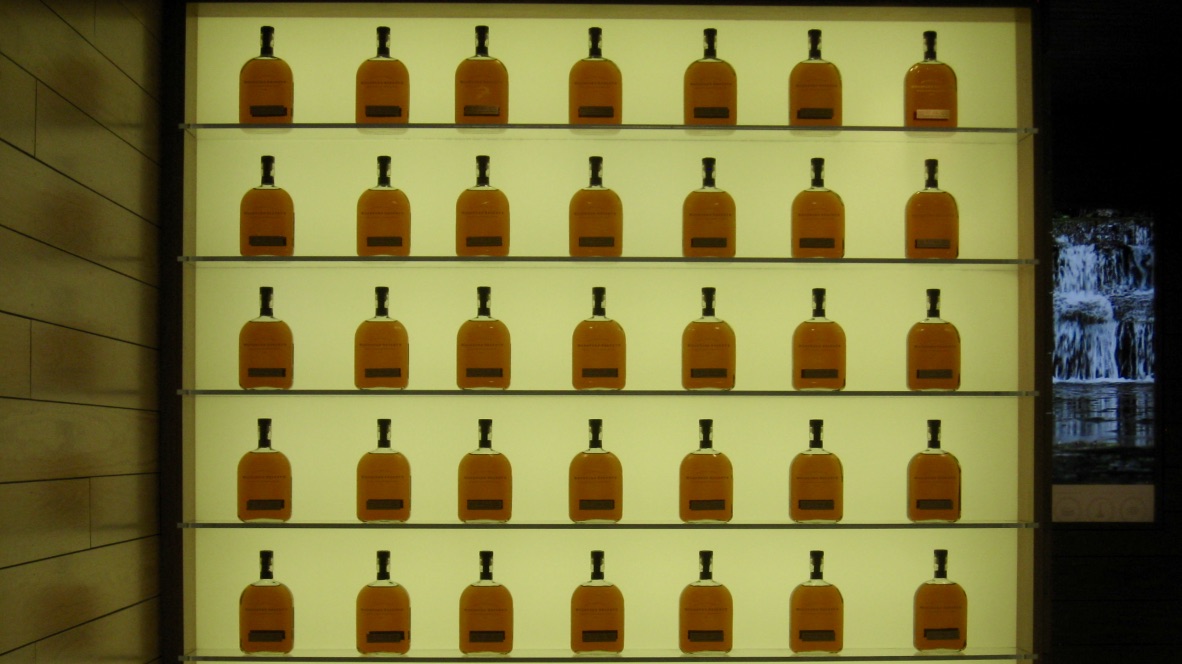This is the last of the 2018 gifts -we hope something piqued your interest. Please let us know your favourite input or image and how you plan to use it in the coming year. A resolution, perhaps.
Signs, signs, everywhere signs. Are they getting noticed or ignored? Sometimes they need to pop out. Being memorable is important and shape can help by drawing attention to it. Not only, a different shape, but one that portrays an image connecting directly to your site’s message and mission. You want to draw the eye and stimulate the mind.
photo credit Bill Reynolds
When explaining the production of bread, why not design the shape of the text panel like a wheat kernel and arrange these kernels of knowledge in the shape of a wheat flower seed head,
Photo credit Bill Reynolds
You can direct people with an impersonal arrow but so much better if you employ a person, even if it is a cutout, and one with a heritage look in keeping with your site historic timeline.
Photo credit Bill Reynolds
Using a hen profile grabbed this passerby’s attention and piqued curiosity. This was a clever application as the backdrop for the textual explanation of the re-purposing of a chicken coop into a studio. Avoid reader fatigue by not trying to cram too much text using too small a font with no white space. An egg (or two) with text could have reduced and relieved the text tightness within the hen body.
We hope that the varied selection of images and topics over the month of December has put you more in the state of design mindfulness as you go forward in your interpretive endeavours.
Photo credit Bill Reynolds
Who better to welcome you to a bird conservation and education centre than A SONGBIRD - even better if it had been in the act of singing the welcoming praises of the Ellis Bird Farm.
Photo credit Bill Reynolds
To improve the chance that visitors will read a key site management message, why not give it importance by framing it and shaping it differently. Using the shape of a wine bottle at a winery works well. Changing font size can also work as a standout technique but be cautious not to overdo this.
Photo credit Bill Reynolds
Choosing a colourful comic approach to identifying your washroom block at a family- oriented location reinforces your fun atmosphere and lighthearted approach. Having a detailed image (almost a find Waldo style) can alleviate the sense of waiting at line-up locations. For the younger set you can utilize “I Spy.”





































